Even though the United States has been relatively spared from the ISIS threat, writes Daniel Byman, the Middle East bears the brunt of the Islamic State’s aggression even outside of the obvious war zones. Even if the number of attacks on the U.S. homeland remains low, the Islamic State and its subsequent chaos will threaten U.S. interests in the Middle East for years to come. This post originally appeared on Lawfare.
In the post-September 11 era, the United States has suffered fewer terrorist attacks than many observers expected, even as the threat of the Islamic State looms. The relative safety of the U.S. homeland is in part due to the United States’ externalization of its counterterrorism operations: U.S. partners in the Middle East collect intelligence on the Islamic State, disrupt its fighters and operatives, host drone and air assets, and bomb the group in coordination with U.S. forces. Middle East states’ aggressive actions have decreased the strength of the Islamic State and, as such, helped prevent attacks against the U.S. homeland. However, even though the United States has been relatively spared, the Middle East bears the brunt of the Islamic State’s aggression even outside of the obvious war zones. Even if the number of attacks on the U.S. homeland remains low, the Islamic State and its subsequent chaos will threaten U.S. interests in the Middle East for years to come.
Terminology on terrorist attacks are often misleading and the resulting danger to the Middle East often misunderstood. The Islamic State and its so-called provinces mimic quasi-states and insurgencies—the terrorism label obfuscates much of the groups’ practices. The Islamic State and related groups use terrorism, of course, but they also wage insurgencies, control territory, and otherwise shape the region beyond terrorist attacks. These actions are often far more dangerous and consequential than terrorism.
The Islamic State feeds upon wars that pose a threat to the entire Middle East region. The presence of the Islamic State and its provinces or like-minded groups encumber negotiations: now there are parties in the war that cannot be at the negotiating table because of their horrific actions and beliefs. The Islamic State’s noxious ideology and practices also lead to the expulsion of communities from its occupied territory, with religious minorities and Sunni Muslims who do not comply with the group’s extreme standards forced to flee or suffer death or enslavement. In addition, the group does not respect borders, and it tries to broaden civil wars to neighboring states as it seeks to defend and expand its territory.
Beyond war, however, the group poses a major threat to democracy in the region. Regional dictators have long argued that the choice is between them and the abyss, forcing the population to choose between personal safety and political freedom. Helping their case, the Islamic State almost caricatures the evil that these autocrats claim to resist. In Egypt, Jordan, Turkey, and other countries, rulers have moved toward authoritarianism or delayed reform in part in the name of preserving security against terrorists. The rise of the Islamic State gave them credibility as they resisted change.
The Islamic State also benefits from and exacerbates sectarianism. One of the group’s most successful recruiting messages argues that Sunni Muslims are under threat from an Iran-led cabal of Shi’a Muslims, a coalition embracing Iraq’s government, the Assad regime, Yemen’s Houthi community, and the Lebanese Hizballah. Important preachersin Saudi Arabia and other countries endorse this anti-Shi’a conspiracy, further legitimizing the group. The Islamic State has massacred Shi’a and its actions have encouraged Shi’a to target Sunni Muslims as well, perpetuating the spiral. The Islamic State and other jihadists have also targeted the Middle East’s Christian population, leading that once-strong community to flee the region in droves. From 2003 to the present, the Iraqi Christian population has fallen by one million to merely 300,000 people, and nearly half of Syrian Christians have emigrated in the last decade.
This sectarian fervor shapes the whole region. For example, Saudi Arabia intervened in Yemen in part to block the ascension of the Houthis, a Shi’a group, which it believes receives support from Iran due to their shared Shi’a identity. While Riyadh exaggerated Iran’s level of support at the time, this move provided Iran with a greater opening to aid the beleaguered group, increasing Tehran’s role in Yemen. This anti-Shi’a sentiment in Saudi Arabia results from the royal family’s suspicions of Iran, but also from antagonism toward Shi’a among the Saudi people whipped up by the Syrian conflict
Furthermore, regional states are unprepared for the return of foreign fighters as the Islamic State continues to decline. The Islamic State has attracted more than 40,000 foreign fighters, the vast majority from the greater Middle East. Historically, these fighters committed terrorist attacks upon returning to their home countries and even seeded new terrorist and insurgent groups. Regional states are unprepared for these fighters’ return: jails are at capacity; law enforcement cannot keep track of the returnees in many countries; and some states actually sent these disgruntled and potentially violent young men abroad to fight to prevent violence at home. Furthermore, neighboring states may prove particularly vulnerable as foreign fighters flee to these areas and try to foment violence there.
From a U.S. policy perspective, the danger to the Middle East is further complicated by the troublesome nature of our regional allies. Some countries, such as Saudi Arabia, are vital counterterrorism partners in sharing intelligence but support proselytization that spews sectarianism, anti-Semitism, and anti-Americanism. Other countries may even want a low-level jihadist problem to attract U.S. aid and justify a security state. Perhaps most important, the United States simply disagrees with its allies on prioritizing the Islamic State. While the U.S. and most of its regional allies strongly oppose the group, Saudi Arabia and the UAE would prioritize fighting Iran and decimating the Muslim Brotherhood. Other states see the Syrian regime as a greater foe than the Islamic State. And as the United States and its local allies push the group back, these tensions will likely grow.
The Brookings Institution is committed to quality, independence, and impact.
We are supported by a diverse array of funders. In line with our values and policies, each Brookings publication represents the sole views of its author(s).
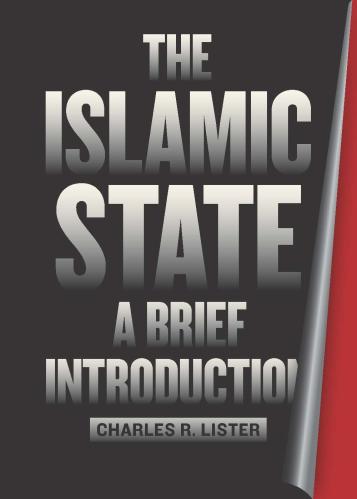
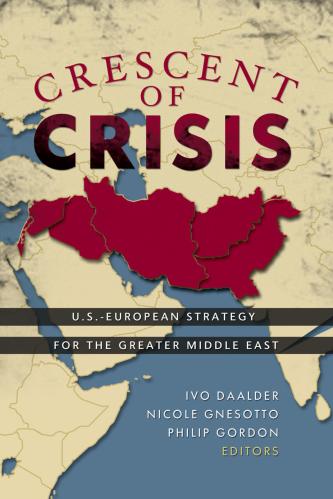

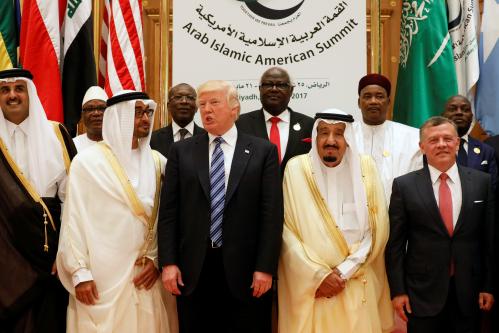
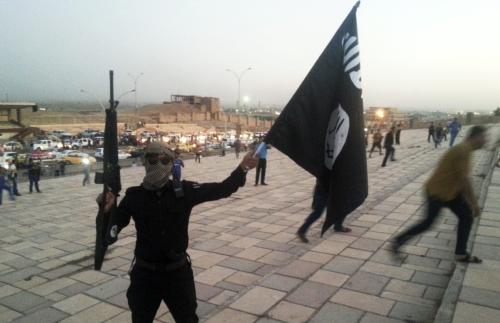



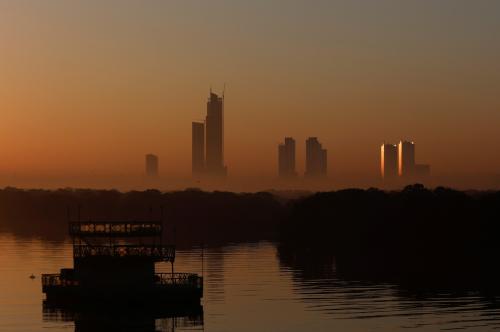
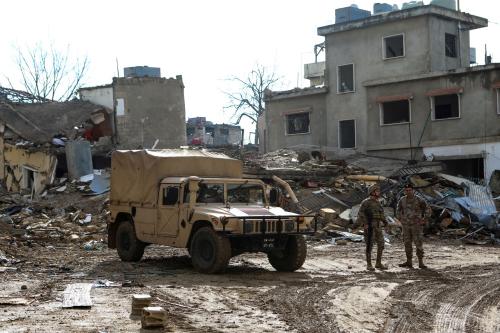
Commentary
The Islamic State’s long-term threat to the Middle East
July 28, 2017